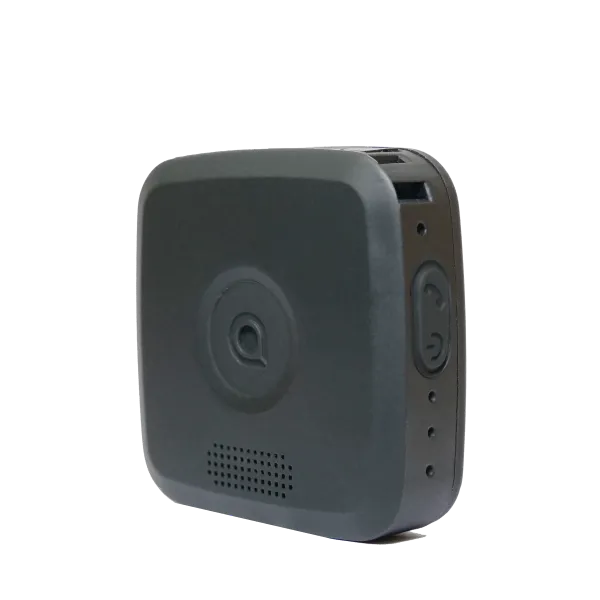Navigating Protect Duty (Martyn’s Law): Compliance for Lone Worker Safety
As the UK rolls out Protect Duty (Martyn’s Law), ensuring both public venue safety and the protection of lone workers is essential. This guide explains what’s required, why it matters, and how a lone worker safety solution supports compliance.

What Is Protect Duty (Martyn’s Law)?
Protect Duty, also known as Martyn’s Law, is new UK legislation requiring venues — like stadiums, theatres, hotels, hospitals, transport hubs, public spaces — to take responsibility for public safety from acts of violence and terrorism.
Although it targets publicly accessible locations (PALs), Protect Duty compliance also demands diligent oversight of lone workers, who may be at higher risk, even in otherwise public environments.
Why the Legislation Matters
Born from the longing to prevent tragedies like the Manchester Arena attack, Figen Murray advocated for ‘common-sense security’ that balances vigilance with practicality:
“Martyn’s Law isn’t going to stop terrorism, but … making sure venues are doing all they can to keep people safe…”
Protect Duty ensures organisations build lone worker protection into general venue safety, promoting a proactive approach.
5 Steps to Compliance with Protect Duty
1. Carry Out Venue & Lone Worker Risk Assessments
Identify security and terror-related threats, including risks specific to staff working alone.
You may find this article helpful: Lone Worker Risk Assessments: Your Guide. You'll also find a useful template for you to download.
2. Implement Proportionate Physical & Cyber Security Measures
This may include:
- Bag searches and CCTV
- Panic buttons for lone staff
- Access controls, fencing, and staff training
- Choose security measures proportional to venue risk, and include solo worker protocols.
3. Create Incident Response Plans for Lone Workers
Define clear procedures for emergencies, including lone worker alerts and evacuation routes. Regular training ensures staff know what action to take — whether in public spaces or working alone.
4. Maintain Ongoing Security Reviews
Safety conditions evolve, threats change. Protect Duty requires continual updates to risk assessments — a process enhanced by managing lone worker alerts and incident logs via a safety platform.
5. Stay Informed on Threat Alerts
Organisations must monitor official security guidance from the Government and police — and ensure lone workers are included in these communication channels.
How a Lone Worker Safety Solution Supports Compliance
Protect Duty requires more than physical security — it requires systems that empower lone staff. SoloProtect’s solution supports compliance in key areas:
- Red Alert panic button: Silent emergency calls 24/7
- Risk Messaging (mass notification): Site-wide alerts to staff
- Ready2Talk chaperoning: Pre-emptive support before escalation
- Alarm audio & Check-In logs: Provide audit trails for compliance and training
These features help venues meet Protect Duty obligations, while fulfilling duty of care to lone workers.
Take a look at our blog: What is a lone worker?
Ready to Comply with Protect Duty?
Protect Duty compliance isn’t optional — it’s a legal responsibility. Choosing the right lone worker safety solution ensures your organisation protects staff as well as the public, while aligning with national security expectations.
Book a free demo, request a quote, or get answers to your questions:
- Book a Lone Worker Safety Demo →
- Get a No-obligation Quote →
- Contact Us →
- Call us: 0114 399 6000
You can also find out more about Martyn’s Law on the Home Office website.
Your message has been received and we will be in touch shortly.










.webp)
.webp)









